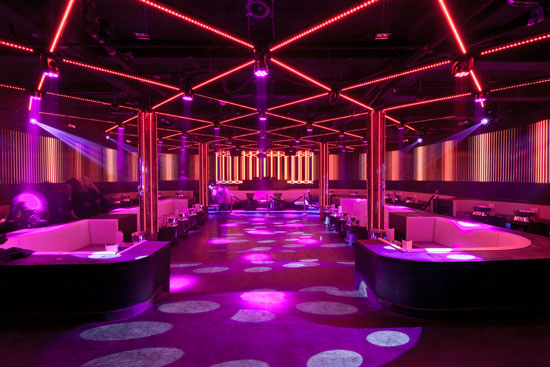Essential Strategies to Maximize the Durability of Your Dance Flooring
Wiki Article
In order to maintain a dancing surface's durability, it is essential to understand the components and construction that contribute to its durability. Dance surfaces are commonly made from timber, synthetic, or specialized foam substances. Each type has its own advantages and drawbacks. Timber surfaces provide superior resilience and impact resistance, rendering them suitable for various movement disciplines. Vinyl floors are often simpler to clean and can be engineered with slip-resistant surfaces, which is vital for safety. Custom foam floors provide cushioning, which can assist prevent accidents. Choosing the appropriate material based on the planned purpose of the dance surface significantly affects its lifespan.
Routine maintenance is vital for prolonging the life of a performance surface. This includes sanitizing and restoring the surface as required. For timber floors, it is important to brush or vacuum regularly to eliminate dust and grime that can damage the surface. Furthermore, using a sealant or treatment every several years helps protecting against humidity and wear. Synthetic surfaces should be mopped with suitable cleaners that do not harm the surface. Keeping a regular cleaning schedule will not only maintain the appearance of the floor but also guarantee a published here safe performance space.

Temperature and humidity hold a significant part in maintaining a dance surface's quality. Optimal conditions for timber surfaces are generally a heat range between sixty to eighty degrees Fahrenheit and a humidity range of 40-60%. High moisture can lead wood to distort or form mold, while excessively dry conditions can result in cracking. In areas where humidity ranges fluctuate, it may be advantageous to utilize a humidifier or drying unit. For vinyl or cushioned floors, maintaining proper airflow can help minimizing moisture accumulation that might compromise their stability.
Proper use is another essential approach for prolonging the lifespan of a dance surface. It is important to set guidelines for activities that take place on the surface. For example, stiletto shoes or sharp additional resources items should be avoided as they can create permanent harm. Keeping fixtures away from performance areas also avoids scratches and indentations from occurring. If the venue hosts various functions, placing protective covers during non-dance uses can further shield the floor from deterioration.
Finally, regular professional evaluations are an reliable way to guarantee continuous maintenance of a performance floor. Hiring experts who focus on dance surfaces can provide valuable guidance into potential problems before they become serious concerns. These professionals can recommend advice on restorations or refinishing options that might prolong the life of the surface significantly. By investing in routine evaluations and adjustments, owners can maintain that their dance floor stays secure, attractive, and practical for years to come.